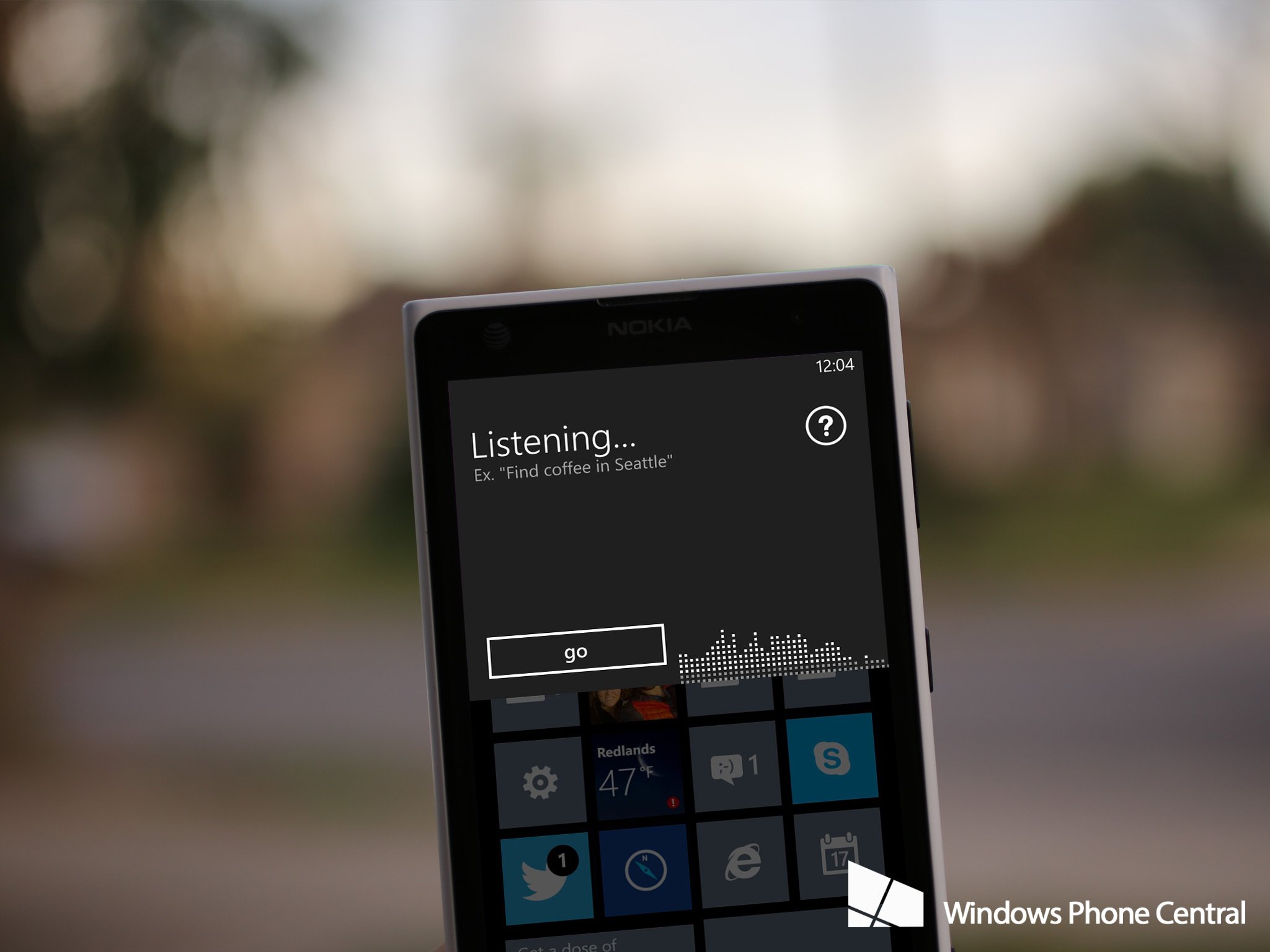Windows Phone and the coming of ‘Cortana’ to take on Apple’s Siri

Come this April, Microsoft is expected to unveil Windows Phone 8.1 at their Build conference in San Francisco. That OS refresh will be announced on the 18 month anniversary of 8.0, putting Microsoft on the dot for their planned release cycle, one that is expected to be accelerated to 12 months next time around i.e. ‘Threshold’.
One of the anticipated features of 8.1 is codenamed ‘Cortana’, its namesake taken from the AI assistant from the popular gaming franchise Halo. ‘Cortana’ is expected to replace (or augment) the current Bing TellMe service found on Windows Phone 8.0. Recently, MSFTNerd, who claims to be in the know about certain Microsoft plans, has made some interesting assertions about ‘Cortana’.
The Halo voice comes to Windows Phone?
In a brief post on his Tumblr account, MSFTNerd states the following:
“Cortana will be voiced by Jen Taylor & will launch first in beta on Lumia this April for US developers. The service will expand to the Bing app for iPhone in the US market this fall. The underlying technology will be extended to American Xbox One & Windows users in 2015 with Threshold. Availability in additional English-speaking territories will be spread out over 2015 & 2016.”
We’ve been digging around for some information regarding ‘Cortana’ and from various sources, we now know that some of this may be wishful thinking.
Specifically, the name. While just about everyone wants Microsoft to call their new voice assistant Cortana – even the folks at Microsoft – as usual these things are not that simple. For one, Halo is developed by 343 Industries, which is owned by Microsoft but still operates as its own company in many ways. So while taking the name of an AI character from a video game an appropriating it for a voice tool for a phone seems like a no-brainer from a geek perspective, the reality of it is it’s not that easy due to licensing and even business considerations.

That’s not to say Microsoft is not considering it – they certainly are – it’s just not clear yet if they can pull it off. There is some precedent though, including the re-branding of Microsoft’s project ‘Surface’ to ‘PixelSense’, allowing Microsoft to adopt that name for their tablet line. The difference there, however, was Microsoft Surface at the time was not a widespread consumer product, making disambiguation more straightforward (instead, Microsoft Surface was sold as an end-to-end product directly to large firms).
Unfortunately, we have not been able to confirm that Jen Taylor, the voice of the AI in Halo, will be doing the vocal sound for the ‘Cortana’ project on Windows Phone. In fact, there is a problem here to consider, as brought to our attention by one of our sources: “…programmed voices have to be able to pronounce almost anything and getting a human voice recorded that would sound like the game version when all dialog is set might not pan out.”
All the latest news, reviews, and guides for Windows and Xbox diehards.
To put it another way, if Taylor is the voice for the Windows Phone program, it’s not well known throughout the ranks just yet, nor is it in current builds. So if true, it's a very recent decision that hasn't been executed yet. We'll follow up as we collect more information on the matter.
The good news is ‘Cortana’ is set to go into private beta testing with family members at Microsoft, so long as they sign a non-disclosure agreement (NDA). This suggests that the project is ready-enough for external testing, and it bodes well for April’s reveal at Build 2014.
In terms of porting ‘Cortana’ to the iPhone and Xbox, while this sounds like a good idea, according to people familiar with the matter this has not yet begun. So the decision may have been made at an executive level, but currently there are no builds yet floating around. Indeed, ‘Threshold’ is still more ideas than a reality at this point with features not yet committed to by the development teams. But it should be clear that ‘Cortana’ is an ambitious project by Microsoft, one that they would naturally extend to their other services and platforms.
Design

The Superintendent from Halo 3: ODST is similiar to what the UI for "Cortana" might look like.
What does ‘Cortana’ look like? We’ve heard one description, a little bit dated but still accurate, put it thusly:
"...a little blue circle in the top left of this Cortana UI that slightly bounces as it listens/works in the background. And it responds depending on if it was successful or not. So if it can't find anything the blue circle turns into a sad face. It reminds me a bit of the Superintendent from Halo 3: ODST.”
Another person familiar with Microsoft’s ‘Cortana’ plans put it this way:
“The personality of Cortana is currently represented by a circle graphic that expresses what it's doing (searching, identifying music ala the current Bing music listener built into Windows Phone, etc.) by various animations like spinning, flipping, etc. …more animations [have] come in over time, and the color is based on your theme color.”
In terms of functionality, we previously described ‘Cortana’ being very Siri-like:
“This Cortana magic will be found throughout the OS and work contextually. For example, let's say I send you an SMS that says like "Want to get dinner tomorrow in Seattle?" You'll see parts of that text message underlined. Click that and you'll be able to instantly enter the info into your calendar with some of those fields already populated. So it would fill "Seattle" as the location, if I had said a time it will already have the time there.”
It is rather “sci-fi / Halo-ish” in terms of looks, but it’s not clear that it will actually be called Cortana nor use Jen Taylor’s voice.
Coming soon
Hope springs eternal though and Microsoft is well aware of the demand to associate Windows Phone with their Halo franchise. However, we’ll have to wait and see exactly what Redmond can pull off come this April. ‘Cortana’, whatever it may be called, should be one of many new features coming to Windows Phone 8.1, giving Microsoft a new edge with their burgeoning OS.
And we can’t wait.

Daniel Rubino is the Editor-in-Chief of Windows Central. He is also the head reviewer, podcast co-host, and lead analyst. He has been covering Microsoft since 2007, when this site was called WMExperts (and later Windows Phone Central). His interests include Windows, laptops, next-gen computing, and wearable tech. He has reviewed laptops for over 10 years and is particularly fond of Qualcomm processors, new form factors, and thin-and-light PCs. Before all this tech stuff, he worked on a Ph.D. in linguistics studying brain and syntax, performed polysomnographs in NYC, and was a motion-picture operator for 17 years.
